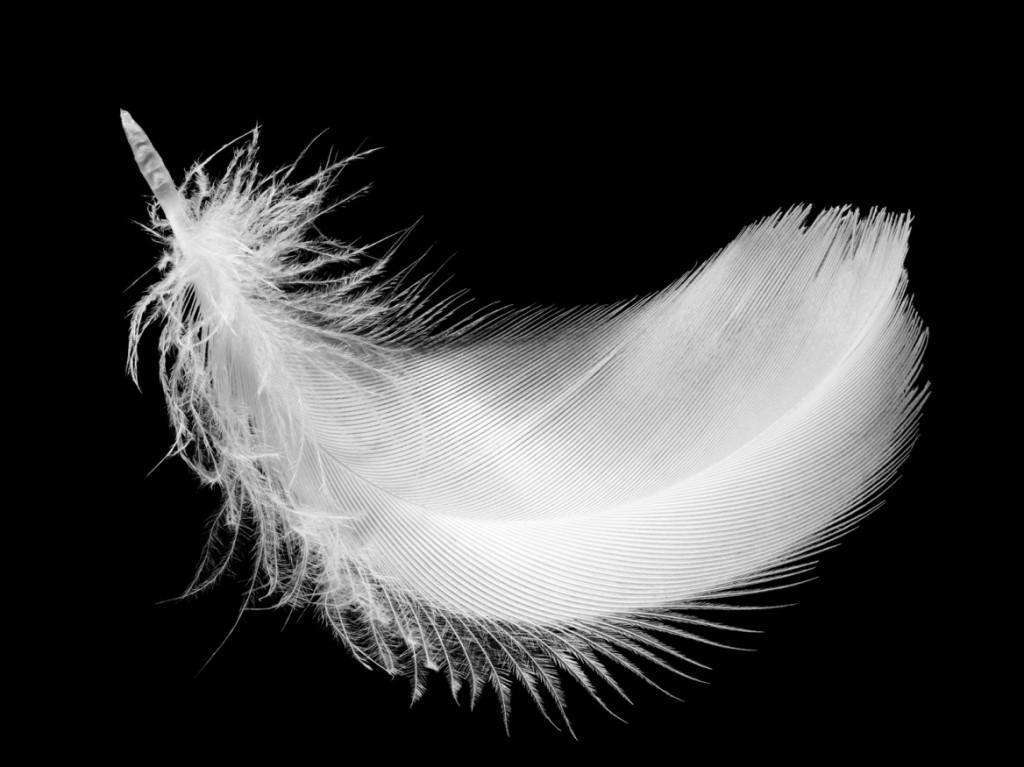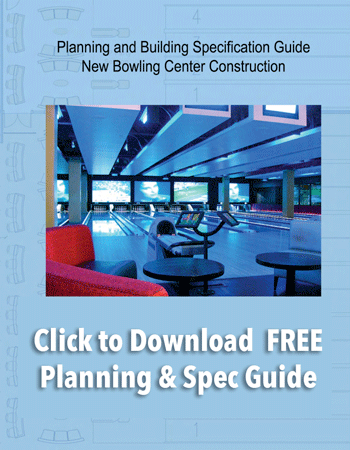In November 2014, Physicist Brian Cox visited NASA’s Space Power Facility in Cleveland, Ohio to conduct an experiment in the Agency’s Space Simulation Chamber. The Simulation Chamber is the largest vacuum chamber in the world at 30.5 meters across and 37.2 meters tall, plus a volume of 22,653 cubic meters (about 800,000 cubic feet). Built in the 1960s to study nuclear propulsion, today the chamber is commonly used to test aircraft conditions in outer space. During Brian’s visit, however, the chamber held something a little different: bowling alley equipment.
At the time of Brian’s visit, bowling equipment was brought into the chamber so his team could test air resistance and gravity. It’s common knowledge that two objects dropped in a vacuum fall at the same rate, no matter the mass of each item. Brian and the team wanted to put this rule into action and see the results for themselves.
First, they began by testing regular gravity conditions, without using the vacuum. They suspended two items of drastically-different weights in the air, releasing both at once to track results. In this case, they released a bowling ball weighing several pounds, alongside a handful of feathers. When released, the team’s expectations were met: the heavy bowling ball went plummeting to the ground below, while the feathers slowly drifted to the floor several seconds after the bowling ball. The feathers dropped at a slower rate than the bowling ball due to their weight as well as their air resistance.
Next, the team removed all air resistance in order to see the true nature of gravity come to life. It takes three hours to pump 800,000 cubic feet of air from the chamber, in order to create a near-perfect vacuum. Engineers at the facility carefully monitor this progress so they can be sure when conditions are just right.
When the desired air pressure reading was reached in the chamber, the experiment began again. The bowling ball and feathers were again suspended from the same height. With the team watching closely, both objects were released at the same moment. The team watched the bowling ball and feathers soar smoothly through the air, perfectly in-unison. The bowling ball and feathers dropped to the ground below simultaneously, meaning the experiment performed as suspected. Brian and the NASA team were amazed—though they were expecting these results, seeing the experiment in action was undoubtedly a thrill.
Check back here each week for more tips, studies, and stories from Murrey Bowling. Founded in 1938, Murrey Bowling offers world-class bowling equipment and commercial and private-residential bowling equipment installations almost anywhere in the world. For over 76 years and counting, Murrey Bowling continues to be 100% family owned and operated. Murrey’s commercial customers include many of the largest multi-unit chains in the USA and abroad.
Murrey Bowling is also proud to be the industry’s leading innovator for manufacturing Earth-Friendly bowling products. Their bowling lanes, pinsetter machines, bowler’s seating, lane capping, LED LaneFX lighting, ball return hoods, foul light covers, and other products all use recycled components or energy-efficient electrical motors to help reduce their carbon footprint here on earth. For more info, please call Murrey Bowling at (310) 532-6091.


